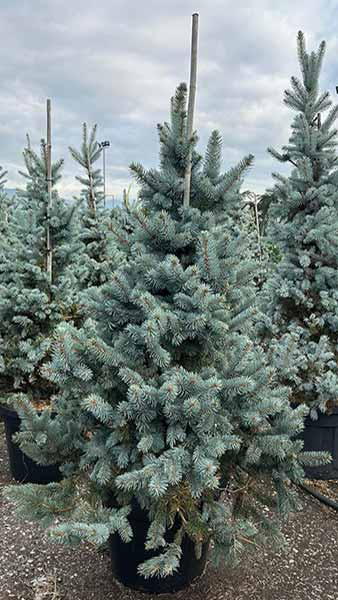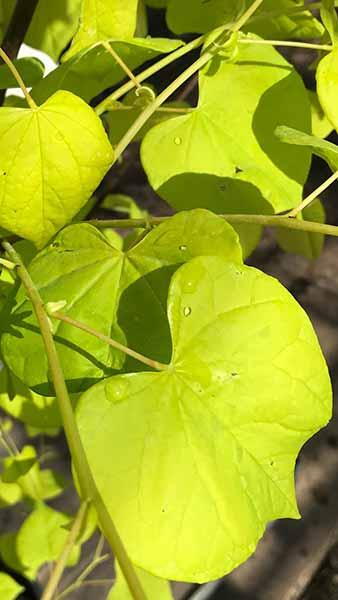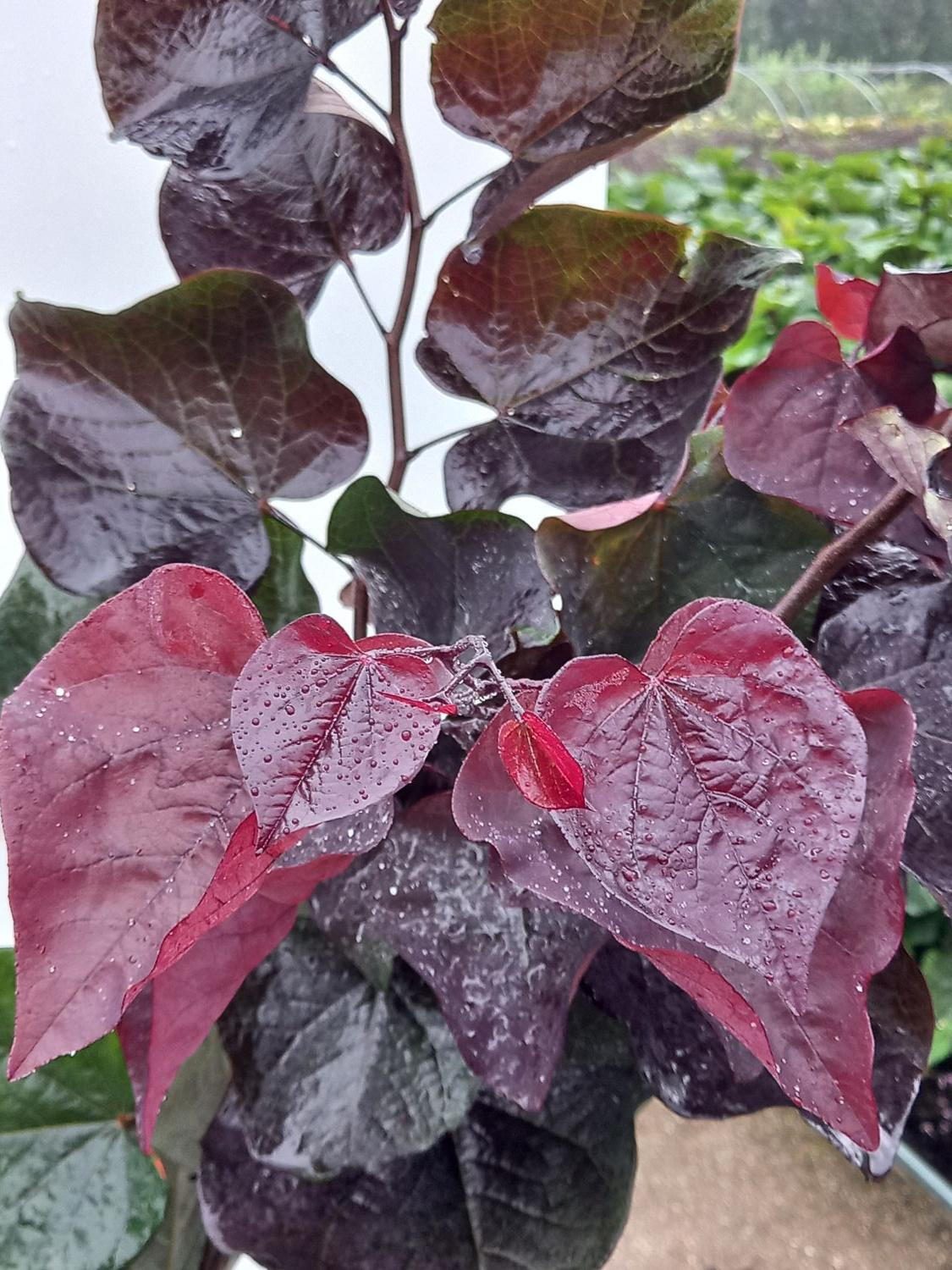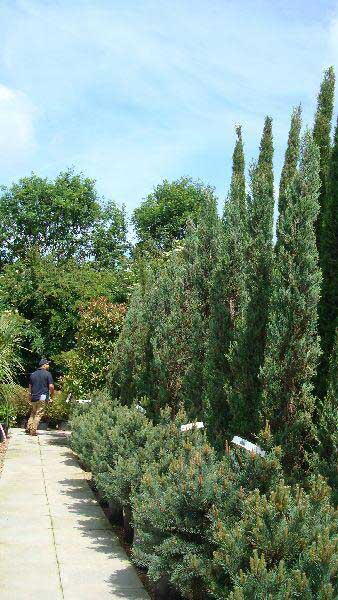Cercis canadensis Ace of Spades Eastern Redbud for Sale UK
Cercis canadensis 'Ace of Spades’ Eastern RedbudCercis canadensis Ace of Spades, commonly known as Eastern Redbud Ace of Spades, is a striking deciduous small tree or shrub that is highly ornamental. Distinguishing features of the Ace of Spades variety is the very dark purple shade of the foliage – almost black, hence the name! It has an upright form, with the signature heart-shaped leaves typical of redbuds, and vivid bright pink spring blooms. This compact variety of the Eastern Redbud is perfect for smaller gardens or urban landscapes where space is limited. Its manageable size, adaptability, and ornamental beauty make it an excellent choice for both novice and seasoned gardeners.The 'Ace of Spades' variety of Eastern Redbud features a narrow, upright growth habit that sets it apart from other cultivars. In early spring, profuse clusters of pea-like, rosy-pink flowers cover the bare branches, creating a dazzling display that attracts pollinators such as bees and butterflies. Next, the heart-shaped deep purple leaves emerge maintaining their colour throughout the summer. In autumn, the foliage turns golden bronze. As the tree matures, its smooth, grey bark develops furrows, adding a textured element to its ornamental appeal.Height and Spread of Cercis canadensis 'Ace of Spades’This compact tree grows to a mature height and spread of about 4 metres. How Hardy is Cercis canadensis Ace of Spades?Ace of Spades is a hardy ornamental specimen in all areas of the UK, and it’s easy to care for in almost all conditions. It tolerates cold winters and hot summers but benefits from some protection against harsh winds.How To Use Cercis canadensis Ace of SpadesAce of Spades is a versatile ornamental tree that fits seamlessly into various garden designs. It works beautifully as a specimen tree, providing year-round interest with its spring blooms, striking summer foliage and winter structure. It can be used to line pathways or as a vertical accent in mixed borders. Its narrow form also makes it suitable for planting in smaller yards or near patios. The flowers attract pollinators, adding ecological value to the landscape.How To Care For Cercis canadensis 'Ace of Spades’Plant Cercis canadensis Ace of Spades in well-drained soil with access to full sun to partial shade. While it adapts to a variety of soil types, it prefers moist, fertile soils. Water regularly during the first few years to establish a strong root system, but avoid overwatering. Prune lightly after flowering to maintain shape and remove any dead or crossing branches. Applying mulch around the base helps retain moisture and regulate soil temperature. With minimal care, this tree will thrive and bring years of beauty to your garden.







